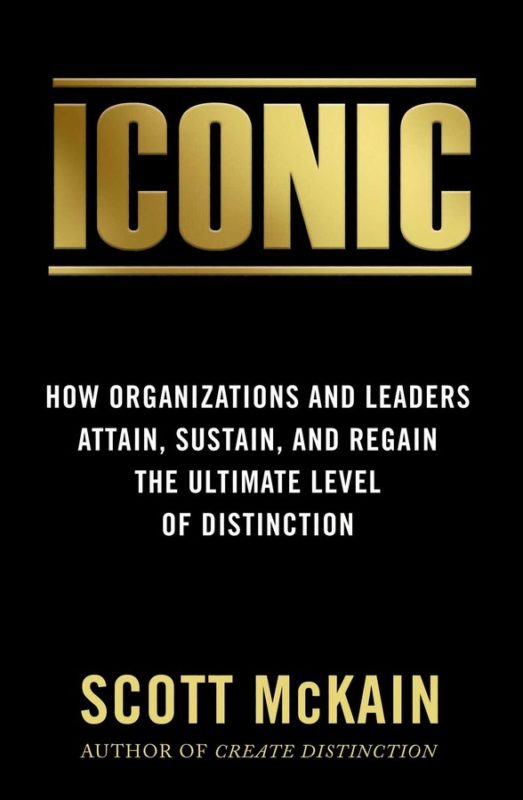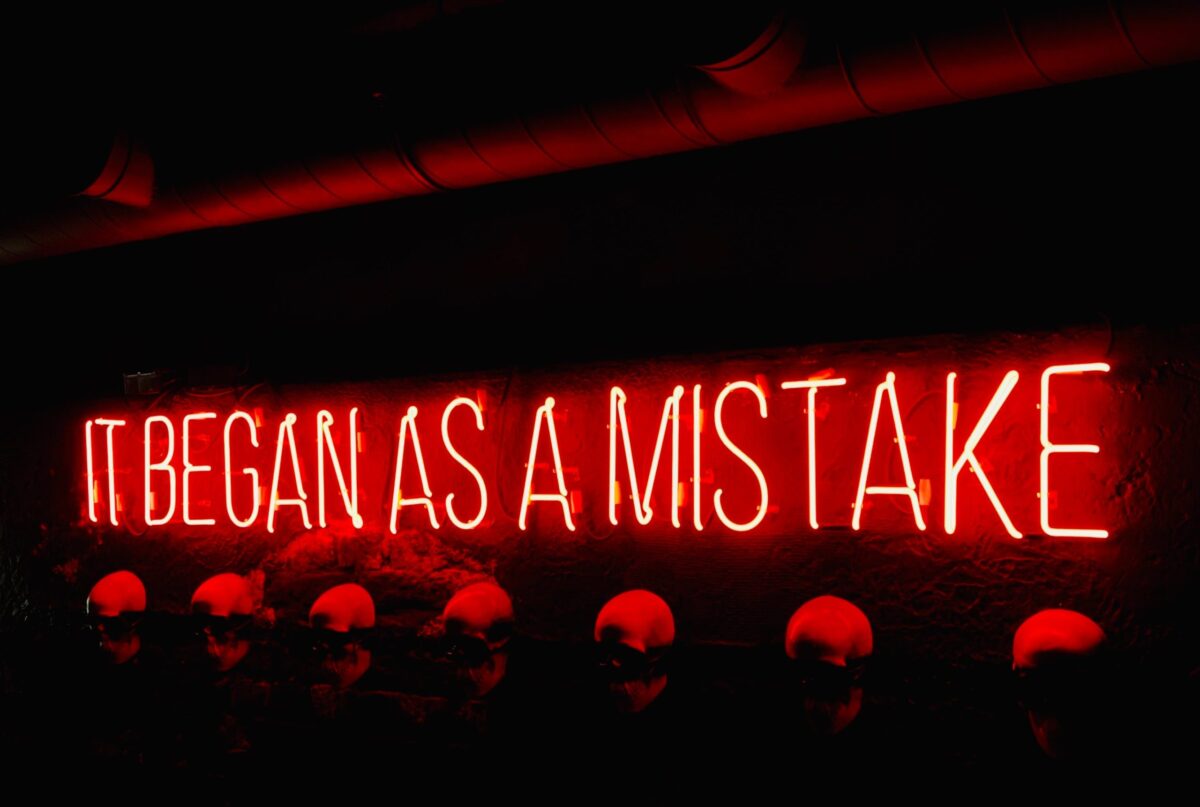
The world has gone through some major shifts since the pandemic started and now we’re all going through a collective values readjustment. Everyone is reassessing what’s important to them and that includes your employees. People are rethinking, readjusting, answering critical questions like; Do I want to stay in the same career? Would I rather be an entrepreneur? Do I want to work less? Is it time to retire? Your staffing levels are most definitely being impacted by this type of self-reflection.
So, what do you do? Well first let’s talk about what not to do.
Don’t whine about not being able to find people
Recently, I’ve noticed a trend on the doors of restaurants or retail outlets. Many have them have signs posted that read: “Please be kind to our staff, we’re running short of staff and doing the best we can”. I’m good with that. Personally, I believe and strongly wish we all could be a little kinder to the people who serve us. Right?
But in addition to the “Be kind, we’re Short-staffed” signs, some go a bit further and say “Nobody wants to work” or “It seems nobody wants to work anymore”. If I were looking for a job and I saw such a sign, I would keep walking right on by. There’s nothing in such a message that tells me why I should want to work for you. In fact, it does just the opposite. Who wants to work for a bunch of complainers?
Yes, it’s hard. I get it. The world is changing rapidly, it’s affecting your business, and there’s a lot to complain about. No surprise employers are frustrated, but the exasperated messaging isn’t going to help. They won’t attract your best employees. So, let’s talk about what will.
Revitalize your messaging
Start thinking about your desired employees as customers. You would never post a sign that read “Please be kind to us or be patient with us. We can’t afford enough help because it seems nobody wants to buy from us”. You would never say that, would you? No. You would be thinking about what messages would attract new customers. So, think about potential team members as customers.
Here’s what I mean. If you were trying to bring in new customers you might answer questions like; “Why do I want your product?”, “What’s in it for me?”. So, when you’re thinking of your desired team your messaging should start from this point; what’s in it for them? Why should they come to work for you? What are the benefits? Is it a flexible schedule? Is it that you have a really great workplace culture? How much are you paying? Do you have a plan for mentoring and helping them grow within your organization, or out in the world? What are they getting if they work for you?
Even better, how are they making the world a better place by working at your company? What is the thing that they’re going to be doing that is bigger than your product or service? Stop complaining and start focusing on putting a message out there that will attract outstanding people.
Create a culture where people want to work
Ever wonder why so many people are resigning from jobs and reluctant to go back to work? Maybe they are stressed, exhausted and they don’t feel valued. Maybe they want to go somewhere where they know they’ll make a bigger difference. Maybe they don’t want to work three jobs to feed their families. Perhaps they spent a year free from harsh criticism from customers, co-workers, and bosses alike and have decided not to go back to that environment.
The question isn’t, why doesn’t anyone want to work anymore. A better question is how do we create a culture where people want to work? It takes more than pizza parties and taco bars to make people feel appreciated. Leaders must go deeper and do the work to ensure a safe and respectful work environment, where everyone feels included, valued for their contribution and like someone cares about them as individuals.
It’s time to get out of our heads and into our hearts. Employees are not human capital – they’re human beings.
Look somewhere different
We tend to have our go-to places to look for talented people and we rarely deviate. Let me challenge you to write down 10 new places where you could start looking. Perhaps you’ve been recruiting people from the same school down the street. Start looking at the other schools in your area. What about churches? Clubs? On social media? There are also retirees who would be open to a new challenge. Yes, continue to place your ads on Indeed and other sites, but expand your vision of what recruitment looks like.
The more you put it out there, the more places you’re looking, the more likely you’re going to find people. Also, when you start looking in other places, you’ll attract a more diverse population which will only make your team stronger.
If you want to keep up with the changing world, it means it’s time to change the way you’re doing things and that includes team member recruitment. Think about your potential (and current) team members as customers and you’ll soon be saying “You’re Hired!”
(Photo Credit: Shutterstock.com)

















